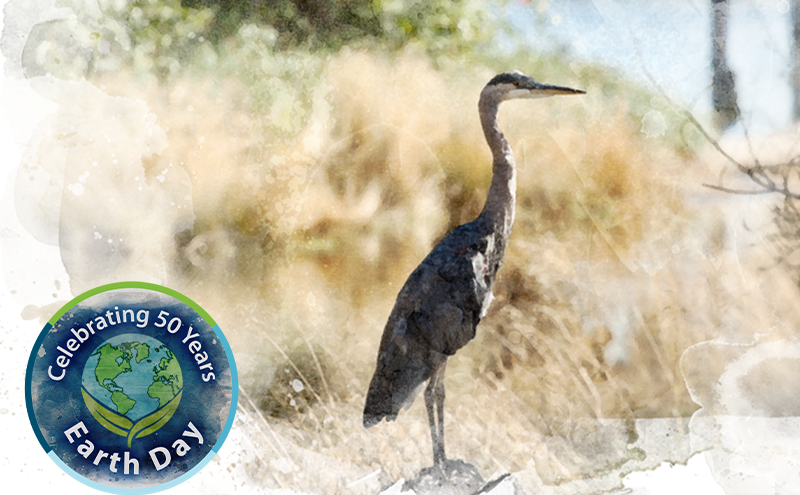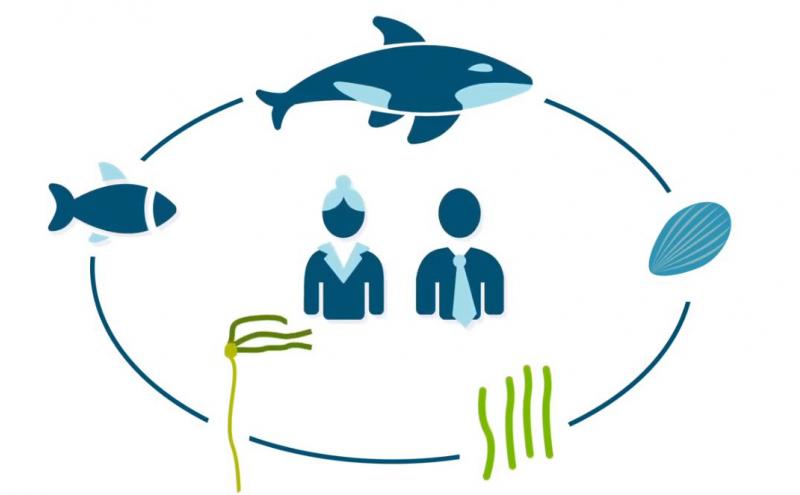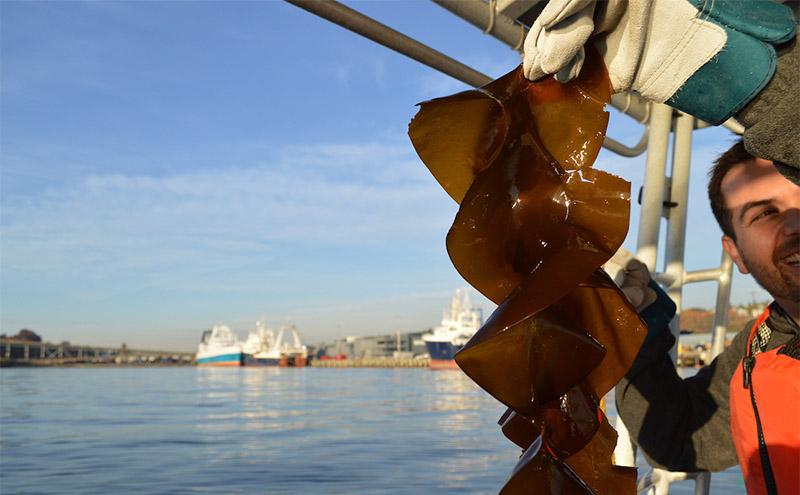
To Port staff, oysters are much more than a tasty treat — they are champions of protecting the environment. Port scientists have developed ingenious and resourceful ways of using natural materials to filter pollutants from stormwater that can harm marine life.
1. One live oyster can filter up to 50 gallons of water per day
Oyster shells are master filter feeders that can pull heavy metals like zinc and copper out of the water. These heavy metals can harm fish and other aquatic species. So, the Port has put live native Olympia oysters and kelp to work at the Blue Carbon pilot project in Smith Cove, where they filter the water and capture and hold carbon from the environment. The initial project is expected to sequester 10 tons of carbon every year, or the equivalent of more than 1,000 gallons of gasoline combustion. And the oyster bed will support more than one million oysters in the future, to filter around 50 million gallons of water in Elliott Bay every day. That’s roughly equal to the volume of water in Smith Cove.
2. Oysters crush contaminants
Inventive Port staff placed crushed oyster shells into catch basins in parking lots and roads at Port industrial facilities. The oyster shells reduced turbidity (or murkiness from suspended particles) and metals, and provided an easy and natural solution to meet strict stormwater quality benchmarks.
3. Small oysters can help large orcas
The Puget Sound region has some of the most stringent water quality standards in the U.S. Stormwater runoff from buildings and parking lots can put pollutants like oils, metals, and bacteria into our waterways. Contaminated water can then harm fish and other aquatic species that are food sources for the Southern Resident Killer Whales living in Washington waters. So, oyster shells are a natural way to help remove pollutants and protect the watershed.
4. Oysters can help you clean stormwater at home
Make your own oyster barrel filter that was pioneered by the Port team. We installed 30-gallon plastic barrels containing oyster shells at Terminal 102 on roof downspouts to treat runoff prior to discharge into the stormwater system. This terminal is near the West Seattle Bridge, a major thoroughfare that contributes to aerial deposition of roadway pollution onto roofs.
Each barrel has an inlet pipe that connects to the downspout and extends to the bottom of the barrel. The outlet pipe extends from the bottom to about two-thirds from the top and is connected directly to the stormwater system. The stormwater from the roof seeps through the oyster shells to the bottom of the barrel, and then flows up the outlet pipe and into the stormwater system. The oyster shells keep capturing pollutants for about 12 months before they’re replaced.
After these barrels were installed, the oyster shells and the water output were measured for copper, zinc, and turbidity. The oyster shell barrels:
- Improved turbidity on average 57%
- Reduced zinc on average 40%
- Reduced copper on average 27%
Toan Chu










